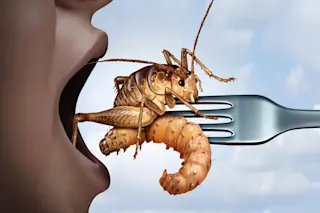A brewer watches beer bottles track down a factory line. (Credit: Jacob Lund/Shutterstock) Whether your preferred pint is crisp or hoppy, fruity or caramelly, you owe a lot to the single-celled fungus doing the important work of putting the booze in your brews. Hops may get most of the love on the craft beer scene, but yeast is an overlooked heavy-hitter when it comes to giving beer flavor. “Cool people are obsessed with yeast,” says Simon McConico, co-owner of Milwaukee’s Vennture Brew. “It’s because hops are sexy; yeast is a bit more nuanced.” He adds, “Yeast is starting to get more sexy among nerds.” Scientists are buying in, too. Ever since a microbiology expedition to the mountains of Patagonia uncovered a new wild yeast species in 2011, scientists have been hard at work on ingredients that may soon bring totally new flavors to a beer near you.
Saccharomyces cerevisiae, also ...









